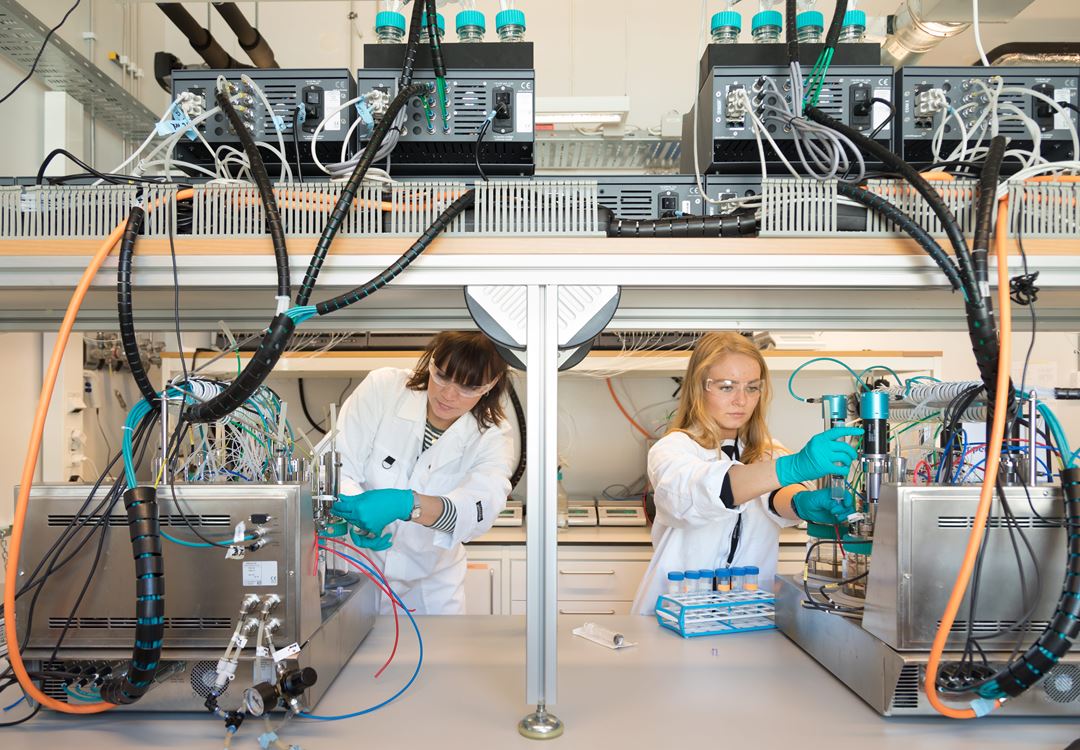The long-chain omega-3 fatty acids EPA and DHA are essential for humans, as well as for marine fish species. The current source is fish oil. As wild fish catches cannot be further increased, continued growth of marine aquaculture, in Norway and globally, is now seriously constrained by the availability of fish oil. New, sustainable sources of EPA and DHA are needed. Thraustochytrids are unicellular eukaryotic microorganisms, able to accumulate high levels of lipids. They can be cultivated at high cell concentration and are extremely promising organisms for development of economic competitive production processes for omega-3 fatty acids.
Despite many years of research, there is still a lack of basic understanding of fatty acid synthesis in thraustochytrids, where DHA and saturated fatty acids are produced by two competing pathways. AurOmega partners NTNU and SINTEF have over the last decade isolated a high number of thraustochytrid strains and characterized their lipid-producing potential.
The mathematical and computational analysis will be based on genome-scale metabolic reconstruction and simulations to predict metabolic performance profiles, and complex network analysis to identify key regulatory features of DHA-synthesis, with particular focus of increasing the rate of DHA-synthesis and introduction into the storage lipids.
The acquired new knowledge will be translated into enhanced DHA production capabilities of selected thraustochytrid strains. This will form the basis for a sustainable and economically feasible industrial omega-3 fatty acid production process, thereby enabling further growth of one of the most important industries in Norway.
Budget:
20 MNOK
Funded by:
The BIOTEK2021, The Research Council of Norway


